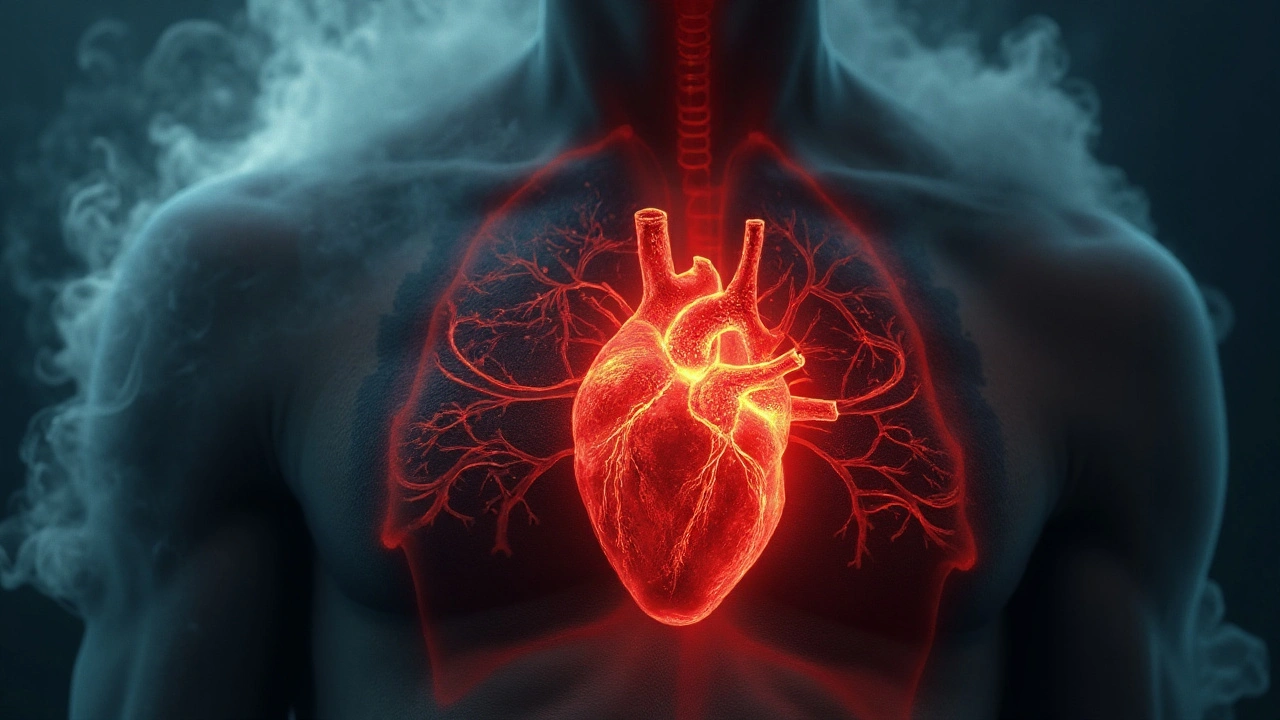Smoking: What You Need to Know and How to Stop It
Every puff pulls chemicals straight into your lungs and bloodstream. Even a single cigarette can raise heart rate, narrow blood vessels, and start damaging cells. For many Keralites living abroad, the habit feels social, but the hidden damage is real and often shows up later.
Understanding what smoking does to your body helps you decide if the habit is worth the cost. Below we break down the biggest health risks and give you a straight‑forward game plan to quit without feeling lost.
Health Risks of Smoking
Smoking attacks nearly every organ. It irritates the lining of the airways, leading to chronic cough, bronchitis, and the dreaded chronic obstructive pulmonary disease (COPD). Lung cancer risk jumps up to 25 times higher for regular smokers.
The heart doesn’t stay untouched. Nicotine spikes blood pressure, makes blood clot faster, and speeds up plaque buildup. That means a higher chance of heart attacks, strokes, and peripheral artery disease.
Beyond lungs and heart, smoking raises the risk of diabetes, vision loss, and gum disease. Women who smoke during pregnancy face higher chances of preterm birth and low‑birth‑weight babies.
Even second‑hand smoke hurts family and friends. Children exposed at home develop asthma more often, and adults nearby have higher heart disease rates.
Easy Ways to Quit Smoking
Quitting isn’t a one‑size‑fit‑all story, but a few proven steps work for most people. First, pick a quit date within the next two weeks and tell someone you trust. The commitment makes it harder to backtrack.
Replace the habit with something else. Chewing sugar‑free gum, snacking on carrot sticks, or using a stress ball can keep your hands busy while your mind adjusts.
Consider nicotine‑replacement products like patches, lozenges, or e‑cigarettes (if legal). They give your body a controlled dose of nicotine while you wean off the habit.
Use a quit‑smoking app or join an online community. Tracking cravings, earning milestones, and sharing struggles with others creates accountability and encouragement.
Identify your triggers—coffee breaks, social gatherings, or after meals—and plan alternatives. If you usually light up after dinner, try a short walk or a cup of herbal tea instead.
Don’t be hard on yourself if you slip. A single cigarette doesn’t erase progress. Review what led to the slip, adjust your plan, and keep moving forward.
Finally, check with a doctor for prescription meds like varenicline or bupropion. They can cut cravings and make quitting more manageable, especially for heavy smokers.
Quitting smoking is a marathon, not a sprint. Each day without a cigarette adds up—lower blood pressure, clearer lungs, and more energy. Start today, and give yourself the gift of better health for you and your loved ones.

Smoking & Alcohol: Why the Combo Is So Dangerous
Explore how smoking and alcohol together magnify health risks, why many people combine them, and what public‑health steps can break the dangerous cycle.
More Detail
How Smoking Leads to Heart Disease and Stroke
Explore how smoking drives heart disease and stroke, the biological pathways involved, risk statistics, and what quitting can do for your heart and brain health.
More Detail